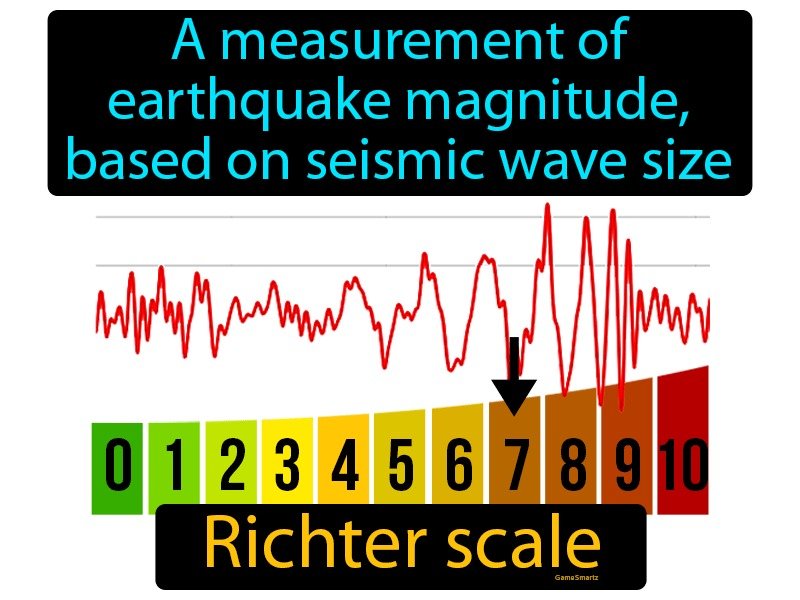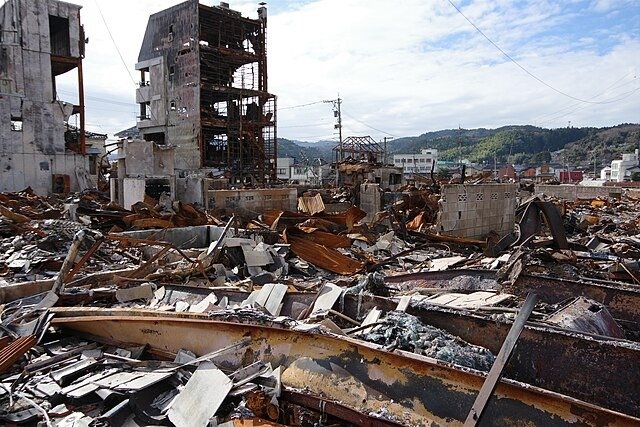
An earthquake is the sudden release of strain energy in the Earth’s crust, resulting in waves of shaking that radiate outwards from the earthquake source. When stresses in the crust exceed the strength of the rock, it breaks along lines of weakness, either on a pre-existing or new fault plane. An earthquake is the shaking or movement of the ground caused by the sudden release of energy in the Earth’s crust. This release of energy creates seismic waves that can be felt as tremors or shaking on the surface. Earthquakes usually occur along faults, which are fractures in the Earth’s crust where two blocks of rock move relative to each other. They can vary in size, from small, barely noticeable tremors to large, destructive events that can cause significant damage.
Main Causes of Earthquakes
Earthquakes happen when energy stored in the Earth’s crust is suddenly released. Here are the main reasons:
- The Earth’s surface is made of large pieces called tectonic plates. These plates are constantly moving. When they bump into each other, pull apart, or slide past each other, it can cause an earthquake.
- When volcanoes erupt, the pressure from the rising magma can cause the Earth to crack and shake.
- Activities such as mining, drilling for oil, or filling large reservoirs with water can change the pressure underground and sometimes trigger earthquakes.
- The Earth’s crust has cracks called faults. When the rocks on either side of the fault move, it can cause an earthquake.
- After large ice sheets melt, the Earth’s crust slowly adjusts, and this movement can cause small earthquakes.
In simple terms, earthquakes happen when there’s too much stress or pressure under the ground.
How Can an Earthquake Be Measured?

Magnitude: This refers to the size of the earthquake. It tells us how much energy was released during the earthquake. The higher the number, the bigger the earthquake. We usually use the Richter scale or the Moment Magnitude scale to measure this.
Intensity: This measures how the earthquake is felt in different places. It depends on how much shaking people feel and how much damage is done. The Mercalli Intensity scale helps measure this, with levels from I (not felt) to XII (total destruction).
Precautions to Follow Before, During, and After an Earthquake
Before an Earthquake:
- Make sure heavy furniture, bookshelves, and items are secured to the wall so they don’t fall.
- Have water, food, a flashlight, and first aid supplies ready.
- Identify safe places in your home, like under a study table or against an interior wall, where you can take cover.
- Make sure everyone in your family knows what to do if an earthquake happens.
- Ensure your house is strong and safe from falling objects.
During an Earthquake: - Drop, Cover, and Hold On: Drop to your knees to avoid falling. Cover your head and neck with your arms, and hide under a table if you can. Hold on to the table or whatever you are hiding under.
- Don’t run outside. Stay away from windows, glass, and walls.
- Move to an open area away from buildings and trees.
- Stay inside and seek shelter in a safe place.
After an Earthquake: - Help anyone who is hurt and call for help if needed.
- Check for gas leaks, fires, or cracks in your home. If you smell gas, leave and turn it off outside.
- Aftershocks are smaller shakes that happen after the main quake. Be ready to drop, cover, and hold on again.
- Listen to the radio or your phone for news and instructions.
These simple steps can help you stay safe during an earthquake!
How to Prevent an Earthquake

We cannot prevent natural earthquakes from occurring, but we can significantly mitigate their effects by identifying hazards, building safer structures, and providing education on earthquake safety. By preparing for natural earthquakes, we can also reduce the risk from human-induced earthquakes.

